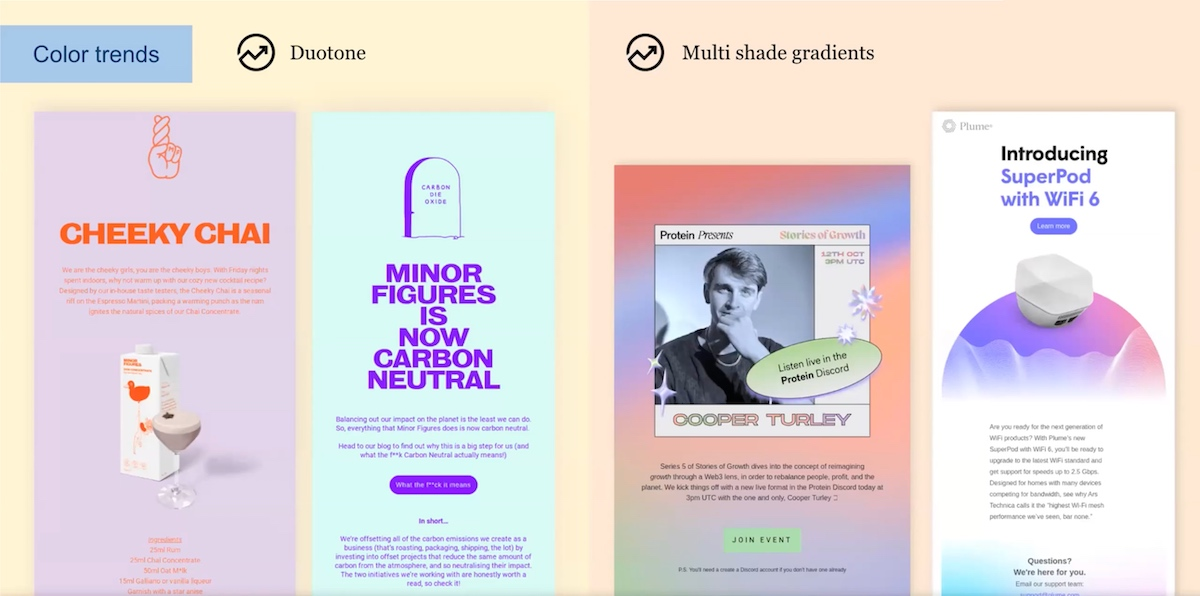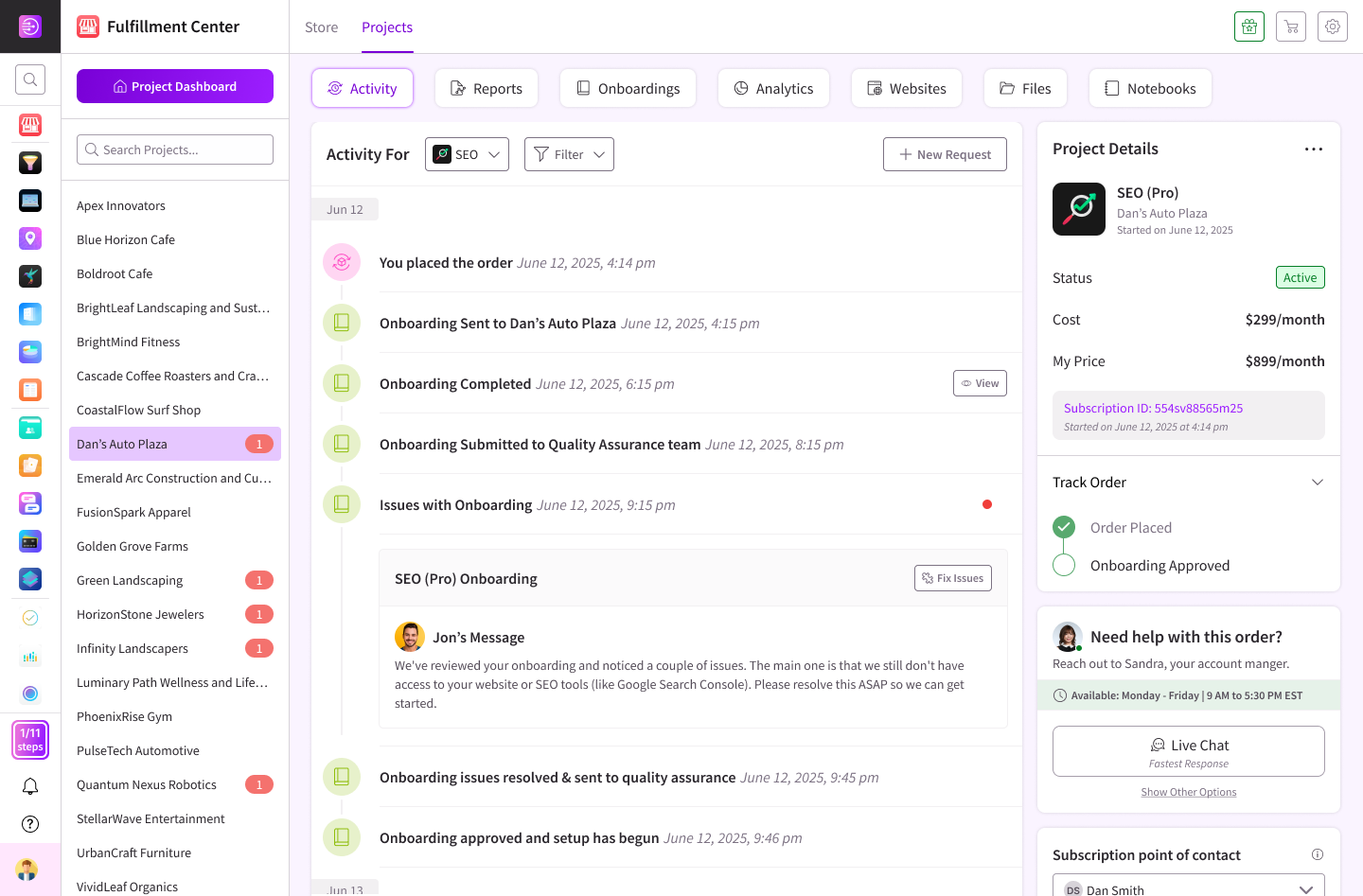Did you know that email campaigns still deliver the highest return in digital marketing? Every $1 spent on email marketing generates a return of $36, which may give an impressive 36% return for those at the upper end of the range.
This proves that even a newcomer to the field can create tangible value once the basics are in place. The pages that follow lay out a clear, methodical path from zero knowledge to a functioning program that brings measurable revenue, brand recognition, and customer loyalty.
The good news is that you do not need a massive budget, complex software tools, or years of practice. Simply following a clear, step-by-step framework and leveraging email marketing templates can help you launch professional-grade email campaigns that will kickstart building revenue-generating relationships in just a few weeks.
Why Email Marketing Matters?
The email marketing channel stands out for offering a direct line of communication to the target audience. Unlike social media, where you are at the mercy of algorithms for reach, an email list provides a direct way to connect with people who have expressed interest in what you offer.
This creates an environment for building enduring relationships, nurturing leads, and promoting products or services with precision. It is also cost-effective, which is what makes it an attractive option for solopreneurs and small businesses with tight budgets.
Steps to Get Started with Your Email Marketing Journey
Before you write your emails, always do some preliminary work. The section covers the exact steps you need to take to launch successful email marketing campaigns from the word go:
1. Define Clear Goals and Audience Persona
Start by naming what you want your email to accomplish during the next quarter. Choose one primary metric, such as sales, bookings, downloads, or replies, and a supporting indicator such as list growth or average order value.
Next, outline your ideal customer persona: job title, obstacle, desired result, and preferred content style. This portrait guides tone, subject lines, and offers, keeping each message relevant rather than generic. Concrete goals anchor progress, while a vivid persona helps every sentence address the reader's needs.

2. Building Your Subscriber List
Now build your website, blog, and checkout pages. Offer an incentive tightly linked to your product: a quick‑start guide, mini audit, or exclusive discount that solves an immediate pain. Keep forms brief; first name and email are ample for now.
Place sign‑up modules where attention peaks: after the introduction, within the sidebar, and as an exit‑intent layer. Promote the same offer on social posts and webinars to capture proven interest and convert visitors into engaged subscribers.
3. Choose the Right Email Marketing Platform
Compare beginner‑friendly platforms on three pillars: usability, costs, and growth features. A clear dashboard with drag‑and‑drop editing allows you to focus on message craft instead of code. Transparent tiered pricing keeps bills predictable as your list scales.
Finally, confirm that the tool offers audience tagging, simple automation, and real‑time reports. Run a free trial, build a small test campaign, and observe load times and template flexibility before you commit—this is especially important if you're using an EmailLabs (e-mail delivery service). Using your platform should be a breeze, not a hassle!

Image Source: Mailmunch
Tip: New marketers often start with MailerLite, Brevo, or ConvertKit for intuitive editors and free tiers; Mailchimp remains a go-to option for those wanting large template libraries. Each integrates with WordPress, Shopify, and Zapier, making contact capture and order‑based triggers straightforward without custom code. If you're leaning toward Mailchimp, it may help to see how it compares with other tools—this Omnisend vs Mailchimp guide breaks down differences in automation, pricing, and eCommerce features. Compare trials before finalizing your choice.
4. Get Cracking on Writing Your First Emails
Now, write a concise welcome series of two or three messages. In the opener, thank the subscriber by name, set expectations for frequency, and present the promised resource. The second message can share a practical tip linked to a common pain, inviting a quick reply to spark dialogue.
The third and final email may showcase a short case study that illustrates value. Keep prose tight, feature one clear idea per message, close with a single actionable button, and nudge progress naturally
5. Design Visually Appealing Emails
Visual order supports comprehension. Use a single‑column layout so mobile readers avoid pinching and scrolling sideways. Limit the color palette to two brand hues and a neutral background, which keeps attention on the copy. Integrate high‑resolution images only when they clarify a point or show the product in action.
Break up text with subheadings and short bulleted lines for fast scanning. Finally, test every design on dark mode and various devices before scheduling, correcting contrast or spacing hiccups early‑stage issues.

Image Source: Litmus
6. Schedule Sending
Timing shapes perception. Begin with a weekly send on the day your audience is likely to read industry news—often Tuesday or Thursday mornings in their local zone. Check past website analytics for traffic peaks to guide selection.
Maintain consistency; subscribers grow accustomed to the rhythm and may watch for your insights. Use the ESP’s time‑zone feature to release messages at the same hour worldwide, rather than blasting at midnight for half your list. Document your cadence so collaborators follow the same plan.
7. Measure Performance and Refine as Needed
Data turns intuition into repeatable practice. Track open rate and click‑through rate, and measure conversion for each campaign. Then, compare against previous sends to spot upward or downward movement. Pay attention to unsubscribe spikes, which signal topic drift or excessive frequency.
It is recommended by experts to always run A/B tests on a single element at a time, be it the subject line, call‑to‑action text, or send time, to isolate variables. You may want to set a calendar reminder every fortnight to review results, outline one improvement, and implement that change before the next release within your dashboard.
Bonus:
- Map Out a Simple Content Plan: Don't feel pressured to create elaborate email campaigns right away. Start with a basic plan for what you’ll share. This could be a weekly tip, a monthly update, or special promotions to stay consistent and build momentum over time.
- Consider Using Automation Tools: Newcomers can implement light automation to maintain a personal touch at scale by using a welcome sequence of two to four emails in the first week to build trust, sending cart-reminder messages after abandoned checkouts, and offering a small gift to subscribers on their birthdays.
- Maintain List Hygiene: Regularly clean your email list. Removing inactive subscribers and bounced email addresses helps maintain a good sender reputation and improves your overall deliverability.
- Refresh Lead Magnets Quarterly: As your audience grows, keep refreshing your offers. It may be a good idea to survey your subscribers every four months on what they prefer to read and produce resources that hit the spot.
Why Choose DashClicks' Templates Software?
The Templates software by DashClicks is an innovative solution designed to streamline your email marketing efforts by offering high-converting email templates. The platform enables seamless management of email templates across all applications and automations, ensuring brand consistency and operational efficiency.
Each template is carefully optimized to maximize engagement and drive conversions, helping you achieve your marketing goals with ease. With intuitive tools and user-friendly functionality, the templates software provides a comprehensive approach to crafting professional, impactful emails tailored to your audience. Whether you're nurturing leads or driving sales, this powerful software delivers results every time.
Further Reading: How to Use DashClicks' Email Templates for Personalization to Increase the Impact of Email Marketing
Final Thoughts
There is always a first time for everything, and email marketing is no exception. To get it right from the start, follow the basics to a T: defining clear objectives, selecting the right tools, building a list organically and ethically, creating value-driven content, and monitoring performance. Adopt a learner’s mindset, iterate steadily, and remember: every great email list began from point zero.
Once your first campaign is live, listen to your audience's clicks, replies, and suggestions. They will point the way toward continuous improvement and, in time, reward you with the kind of ROI that turns every email from a test into a dependable growth engine—one message at a time.



.svg)

.svg)
.svg)
.svg)
.svg)
.svg)

.svg)




.svg)
.svg)
.svg)
.svg)
.svg)